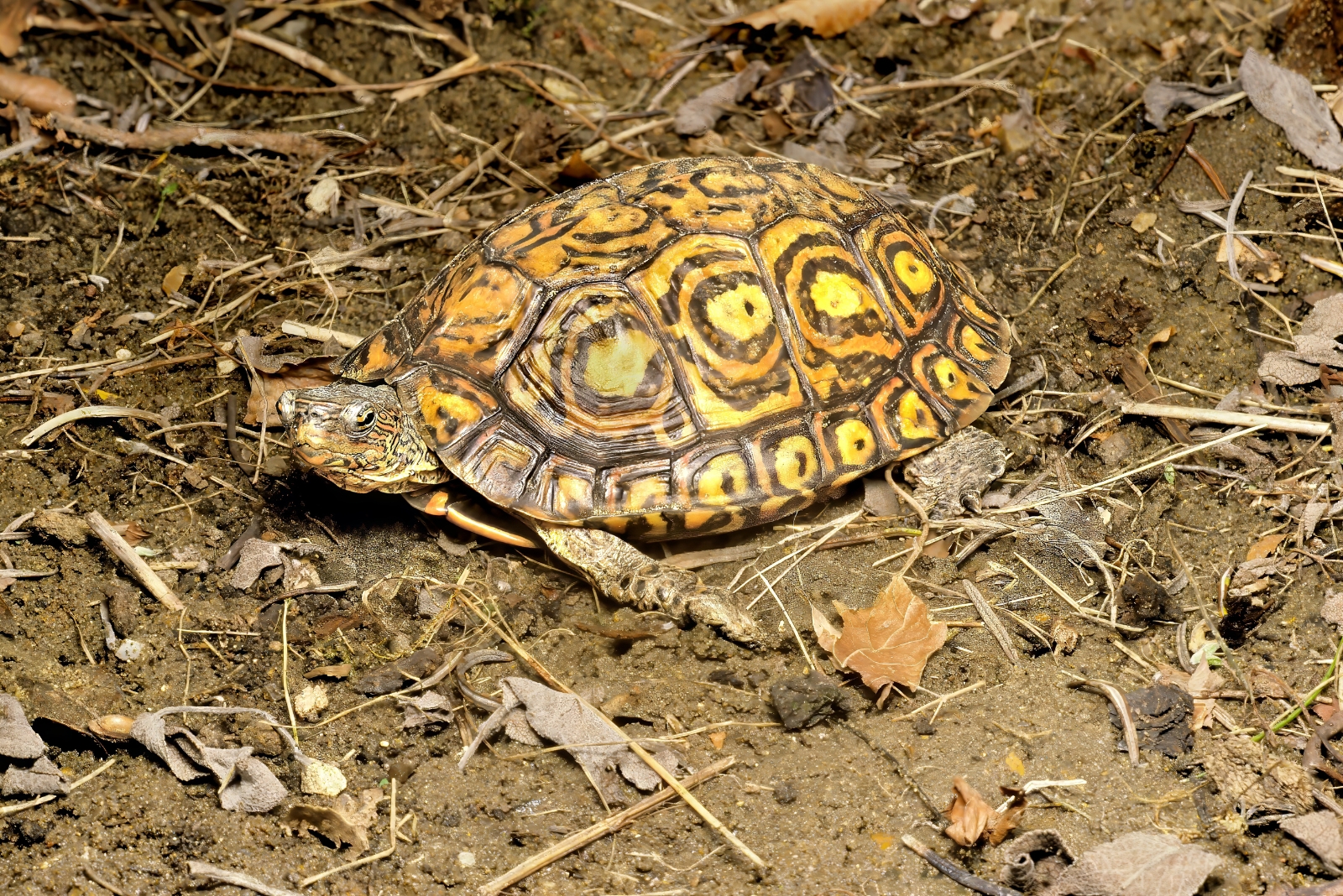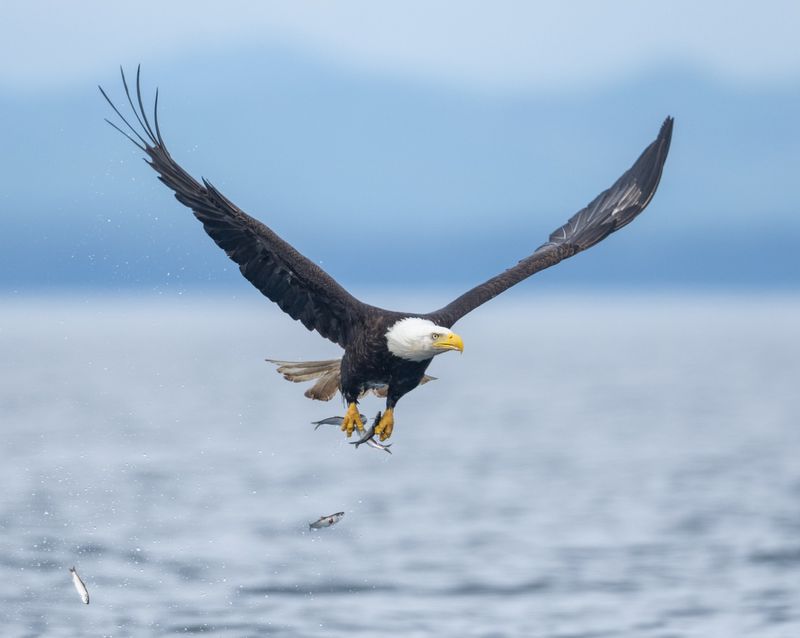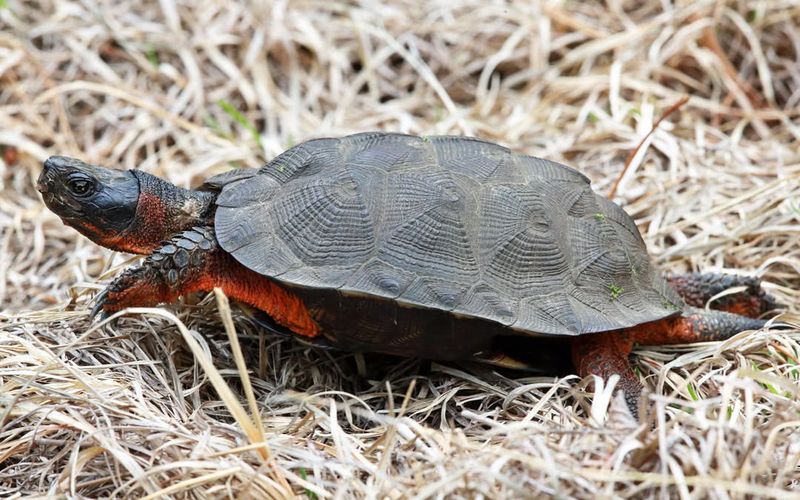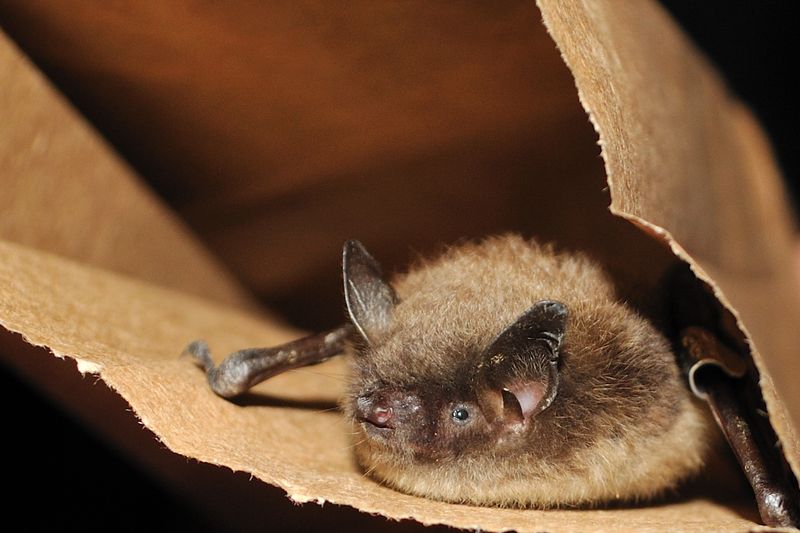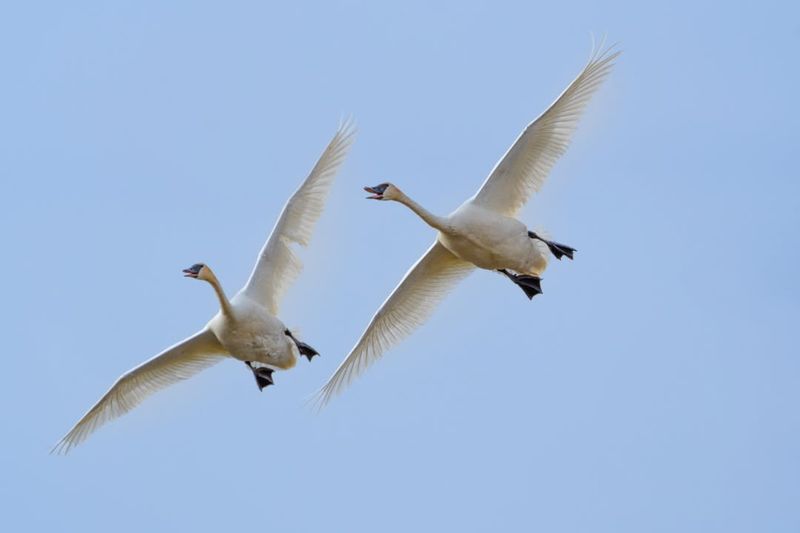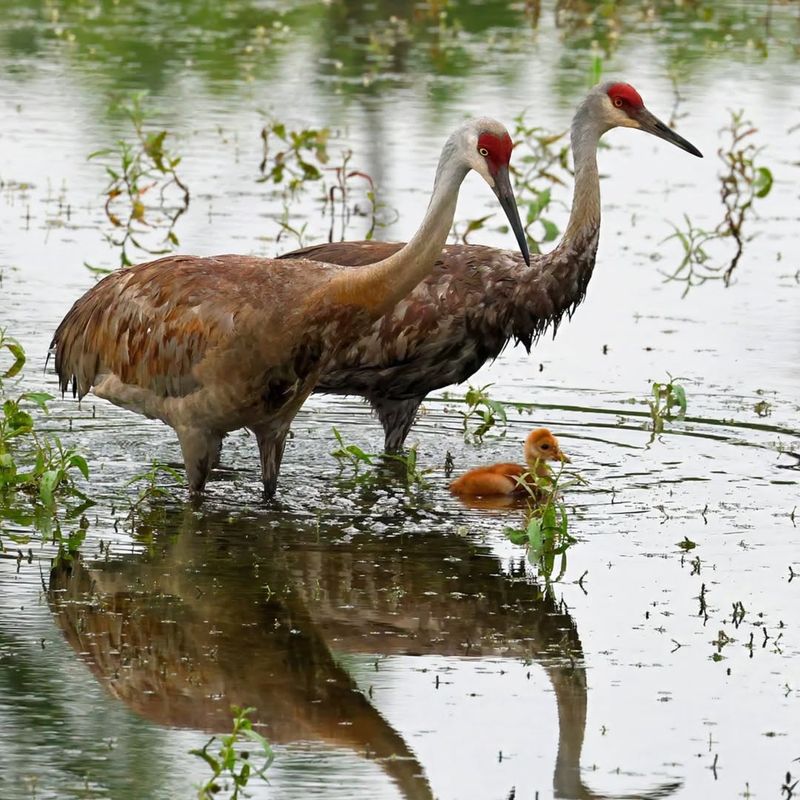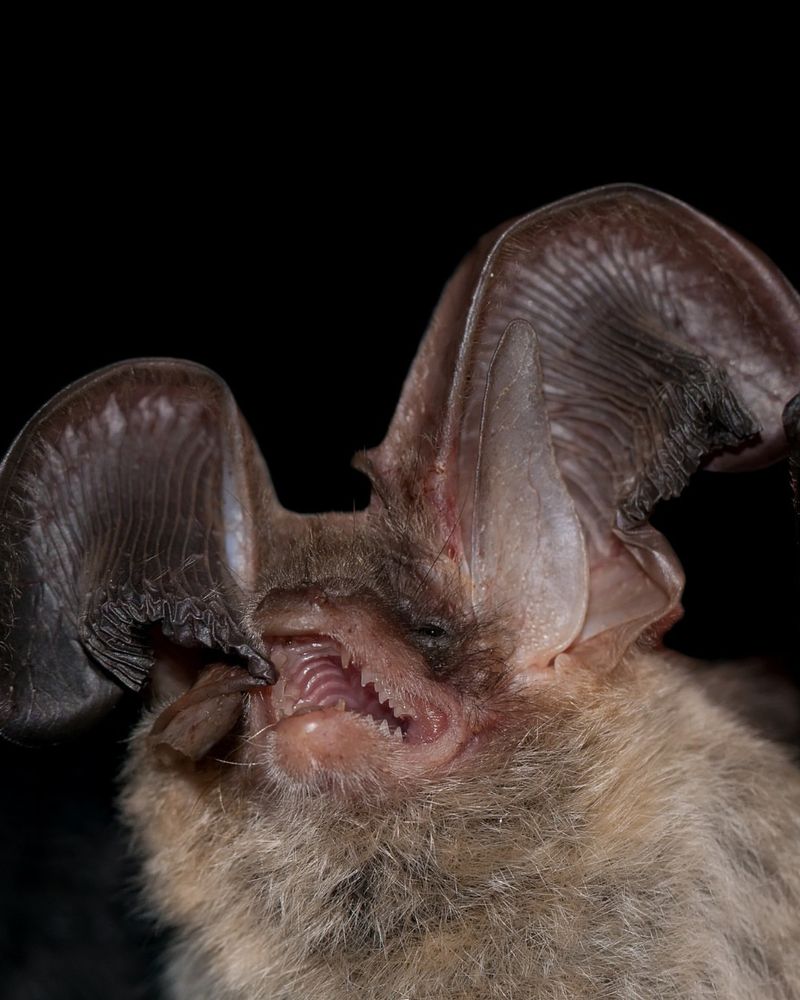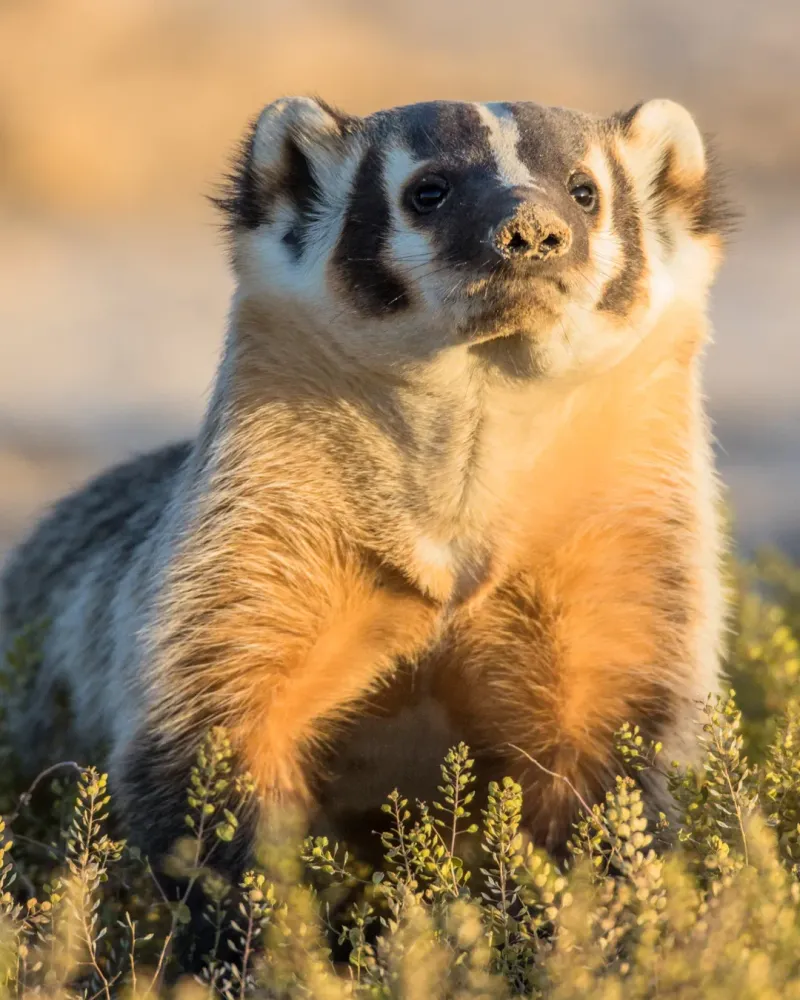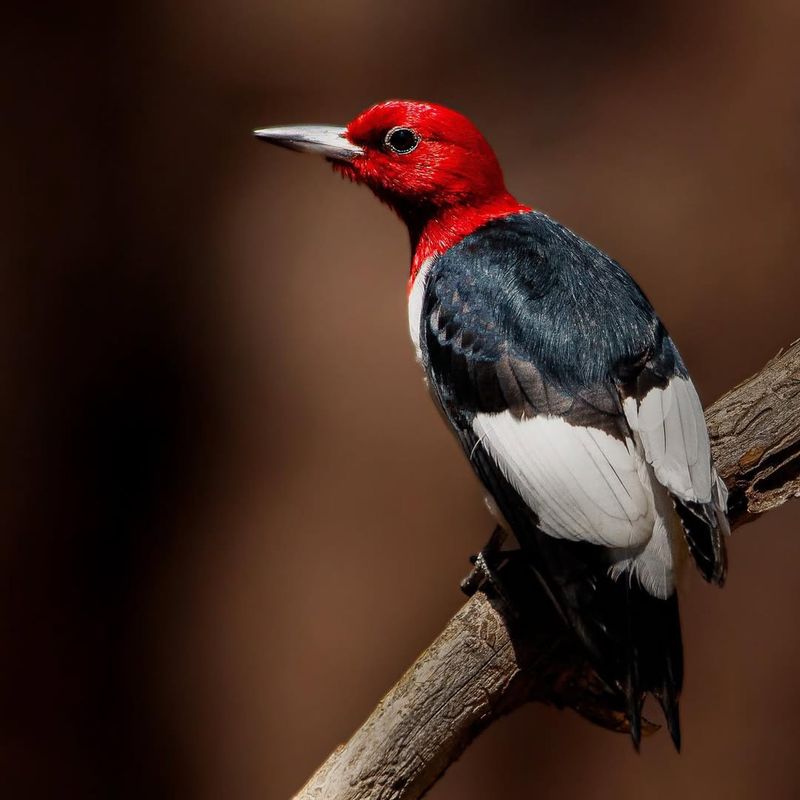Wisconsin has a wild little mix of animals that actually get special protection, and some of them might surprise you. I’ve bumped into a few of these myself and had no idea you legally can’t touch them.
It’s kind of cool once you learn why they’re so important to the local ecosystem. Let’s take a quick look at which creatures get to stay no matter what you planned.
1. Bald Eagles
America’s national bird calls Wisconsin home during many parts of the year. Bald eagles nest along rivers and lakes throughout the state, and they’re protected by both federal and state laws.
If one decides to build a nest on your property, you can’t touch it or disturb the area around it. Even getting too close can result in hefty fines reaching thousands of dollars.
Wisconsin residents should feel honored when these magnificent raptors choose their land, as eagle populations have made an incredible comeback after nearly disappearing decades ago.
2. Wood Turtles
With their beautifully carved shells that look like tiny sculptures, wood turtles are treasures of Wisconsin forests and streams. These reptiles are listed as threatened in the state, making it illegal to capture, harm, or relocate them.
Finding one wandering through your yard means you’ve got quality habitat worth protecting. They’re harmless vegetarians that munch on berries, leaves, and mushrooms.
Wisconsin homeowners should simply admire these ancient wanderers from a distance and let them continue their slow journey across your property without interference or disturbance.
3. Little Brown Bats
Despite their spooky reputation, little brown bats are incredible pest controllers that devour thousands of mosquitoes every single night. Wisconsin laws protect these flying mammals because their populations have crashed due to a deadly disease called white-nose syndrome.
If you discover a bat colony in your attic, you cannot remove them during their breeding season from May through August. Professional wildlife experts must handle any exclusion work using humane methods.
Wisconsin residents benefit greatly from having these nocturnal neighbors around, as they naturally reduce annoying insects without chemicals or effort.
4. Trumpeter Swans
Standing nearly five feet tall with wingspans over seven feet, trumpeter swans are North America’s largest waterfowl. Once completely wiped out in Wisconsin, these stunning white birds have returned thanks to careful conservation efforts.
They’re fully protected under state law, and homeowners with ponds cannot chase them away or disturb their nests. Swans can be territorial and aggressive during nesting season, but they’re just protecting their babies.
Wisconsin property owners should appreciate the privilege of hosting these recovered species, even if they occasionally act bossy around their waterfront territory.
5. Eastern Massasauga Rattlesnakes
Don’t panic if you spot this small rattlesnake on your Wisconsin property—they’re shy, rarely aggressive, and would much rather hide than strike. Listed as endangered both federally and in Wisconsin, these reptiles face serious protection laws.
Harming or removing one could land you in major legal hot water with fines up to $10,000. They prefer wetland areas and prairies, eating mostly small rodents and keeping pest populations under control.
Wisconsin homeowners should simply give them space and call wildlife authorities if concerned, rather than attempting any removal or harm to these critically endangered serpents.
6. Blanding’s Turtles
Sporting bright yellow chins that look like permanent smiles, Blanding’s turtles are among Wisconsin’s most charming reptiles. Unfortunately, they’re also endangered, which means strict laws prohibit touching, moving, or harming them in any way.
These turtles travel surprising distances between wetlands, so seeing one crossing your yard isn’t unusual. They can live over 75 years if left undisturbed.
Wisconsin residents who encounter these cheerful-looking creatures should consider themselves lucky witnesses to a rare species and allow them to continue their journey safely across property without human interference or contact.
7. Sandhill Cranes
Their prehistoric-sounding calls echo across Wisconsin wetlands and farm fields every spring and summer. Sandhill cranes stand about four feet tall and mate for life, performing elaborate dancing displays that look like nature’s ballet.
State law protects these ancient birds, and homeowners cannot disturb their nests or chase them from property. They’re harmless grain and insect eaters that benefit agricultural areas.
Wisconsin property owners often grow fond of their returning crane pairs, as these intelligent birds remember safe locations and come back year after year to raise their fuzzy chicks.
8. Northern Long-Eared Bats
Named for their comically oversized ears that stick up like satellite dishes, northern long-eared bats are federally threatened and protected throughout Wisconsin. White-nose syndrome has devastated their numbers, making every colony precious.
Like their brown bat cousins, these insect hunters cannot be removed from structures during their breeding season. They roost in tree cavities and buildings, staying completely hidden during daylight hours.
Wisconsin homeowners should recognize that hosting these endangered bats helps preserve a species fighting for survival while also enjoying free mosquito control throughout warm summer evenings and nights.
9. Great Blue Herons
Standing motionless like statues beside Wisconsin ponds and streams, great blue herons are patient fishers that can wait hours for the perfect catch. These elegant wading birds are protected under the Migratory Bird Treaty Act.
Homeowners with water features often worry about their goldfish, but you still cannot harm or chase away these protected birds. They nest in colonies called rookeries, usually in tall trees.
Wisconsin residents should install netting over valuable fish ponds rather than attempting to remove herons, as legal protection makes disturbing them a federal offense with serious consequences and penalties.
10. American Badgers
Wisconsin’s official state animal deserves respect and legal protection throughout the state. Badgers are powerful diggers with grumpy attitudes, but they’re also important predators that control rodent populations on farms and in fields.
You cannot trap or remove badgers without special permits from Wisconsin DNR. Their extensive burrow systems might seem destructive, but they’re temporary residents that usually move on quickly.
Wisconsin homeowners should exercise caution around these muscular mammals, giving them wide berth and allowing them to relocate naturally rather than risking legal trouble or painful bites from their powerful jaws.
11. Barn Swallows
Every spring, these acrobatic flyers return to Wisconsin barns and porches to build their mud cup nests. Barn swallows are protected under federal law, meaning homeowners cannot remove active nests even from inconvenient locations like garage door frames.
They’re phenomenal insect controllers, catching thousands of flying pests daily while performing aerial stunts. Once babies fledge and nests are abandoned, you can legally remove them.
Wisconsin residents should tolerate the temporary mess during nesting season, as these charming birds provide valuable pest control and their legal protection makes removal during breeding season a prosecutable federal offense.
12. Red-Headed Woodpeckers
With heads that look like they’ve been dipped in bright red paint, these striking woodpeckers are declining across Wisconsin and receive special protection. Unlike some woodpeckers, they catch flying insects and store acorns in tree crevices for winter.
Homeowners cannot harm them even if they’re pecking on houses, as they’re protected by federal law. Usually they’re searching for insects hiding in wood.
Wisconsin property owners should address the underlying insect problems attracting woodpeckers rather than attempting removal, and feel fortunate to witness these increasingly rare and beautiful birds that many people never get to see anymore.

